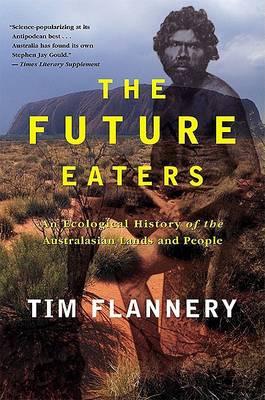 My Life as a Fake
My Life as a Fake
Fiction
Vintage Books
2005-01
265

Accompanying the arrogant poet, John Slater, to Malaysia, London editor Sarah Wode-Douglass finds herself obsessively drawn to a mysterious manuscript that bears a legacy of fraud and danger.
Fiendishly devious and addictively readable, Peter Carey’s My Life as a Fake is a moral labyrinth constructed around the uneasy relationship between literature and lying. In steamy, fetid Kuala Lumpur in 1972, Sarah Wode-Douglass, the editor of a London poetry journal, meets a mysterious Australian named Christopher Chubb. Chubb is a despised literary hoaxer, carting around a manuscript likely filled with deceit. But in this dubious manuscript Sarah recognizes a work of real genius. But whose genius? As Sarah tries to secure the manuscript, Chubb draws her into a fantastic story of imposture, murder, kidnapping, and exile–a story that couldn’t be true unless its teller were mad. My Life as a Fake is Carey at his most audacious and entertaining.
I enjoyed this book from a few angles. Firstly it is closely linked to the Ern Malley affair in 1943 – The Angry Penguins. Secondly it is also about living in a foreign country. Thirdly it is about consequences of actions that might have seemed ok in the past but don’t turn out that well.
I read it over two nights and had the usual sleep deprivation as a result.



